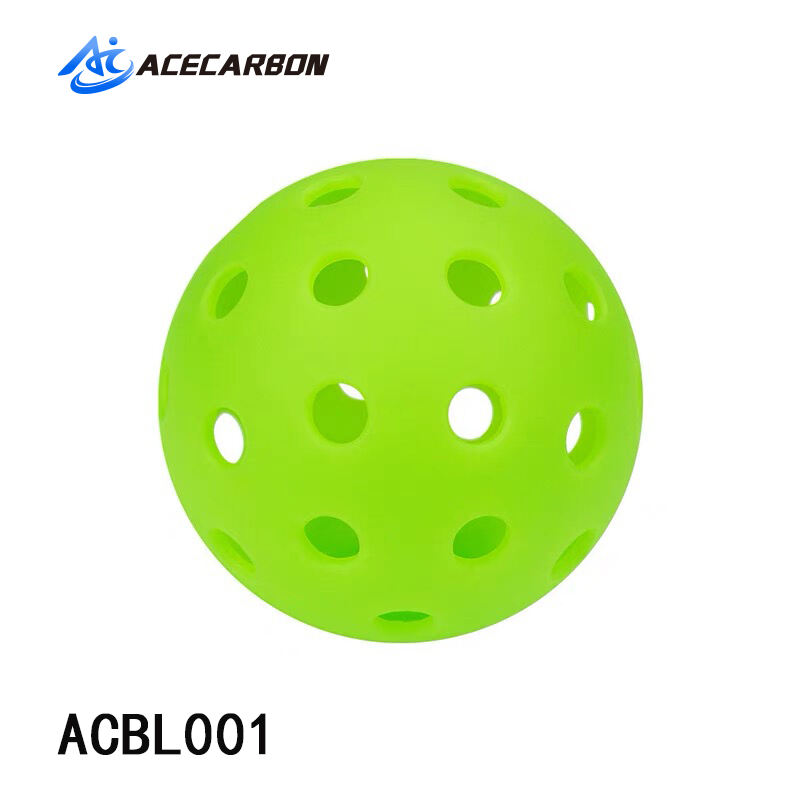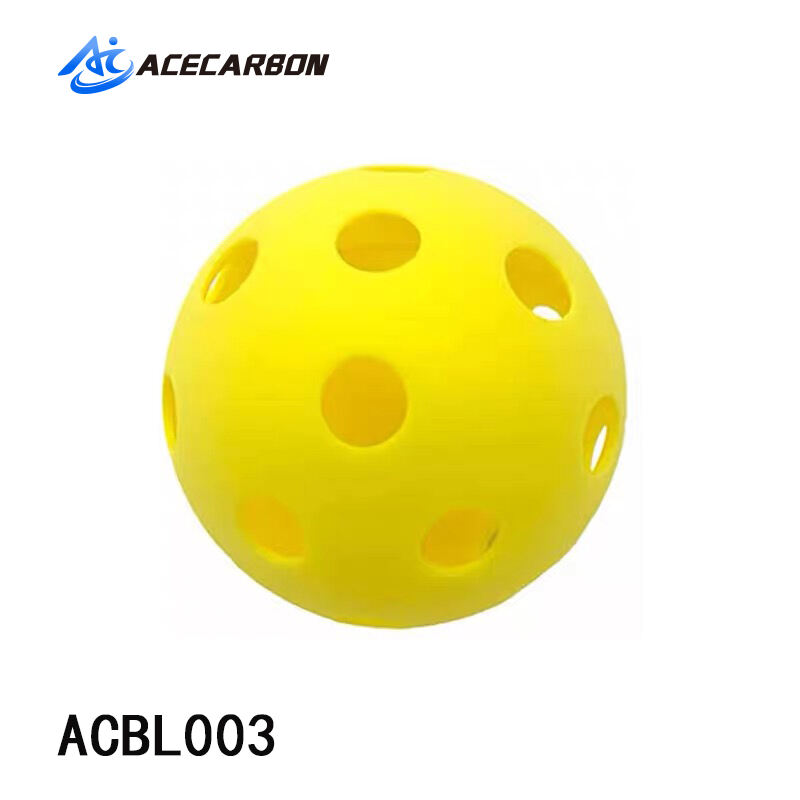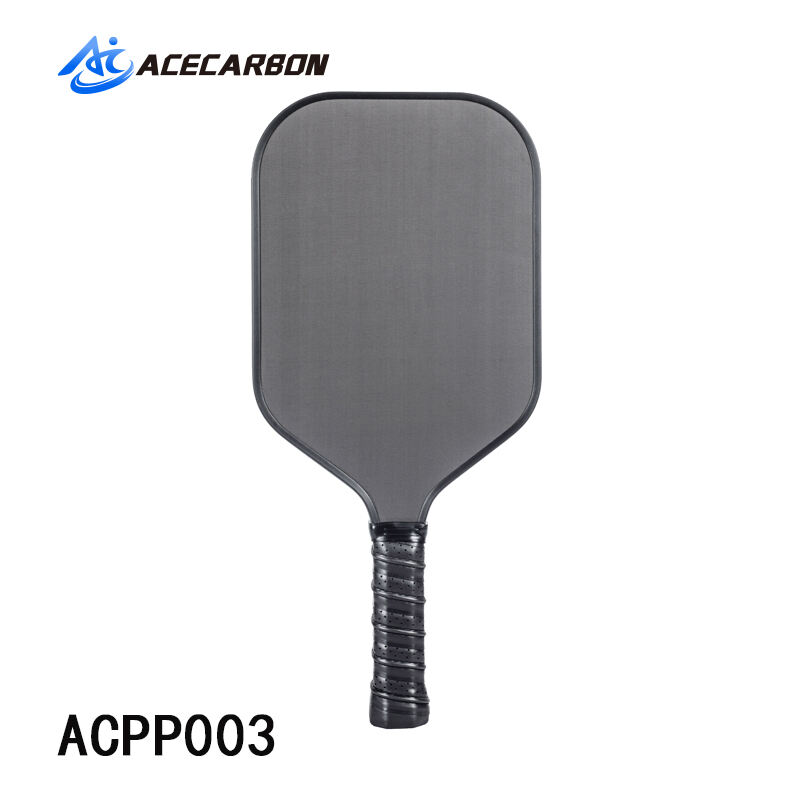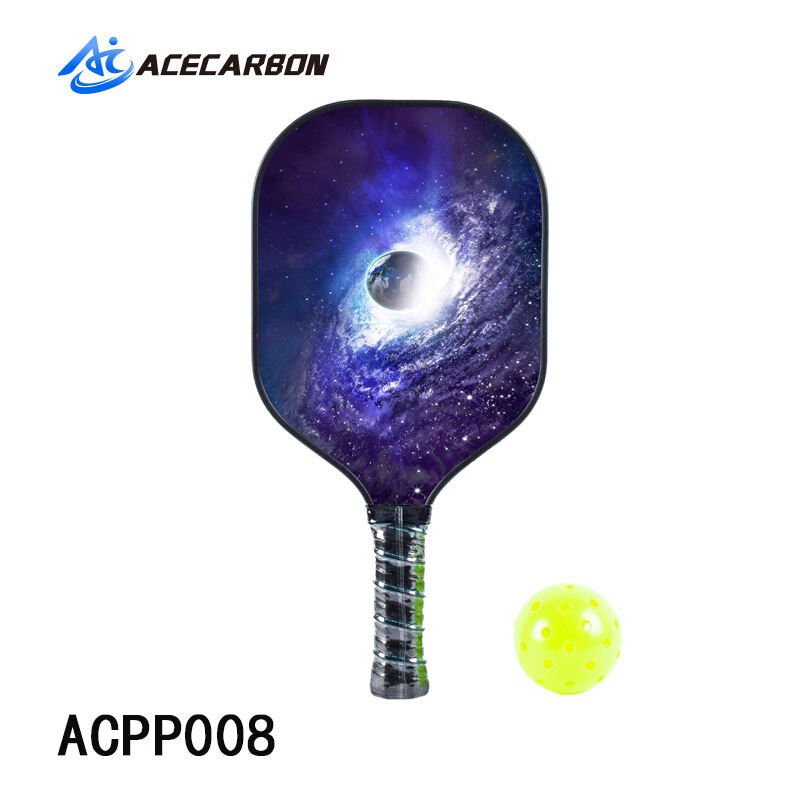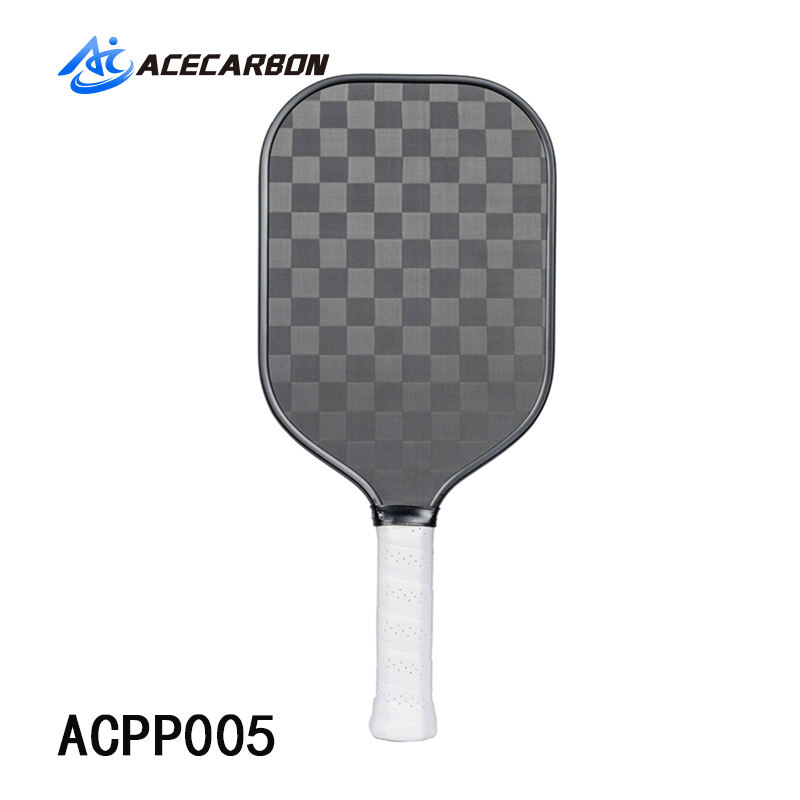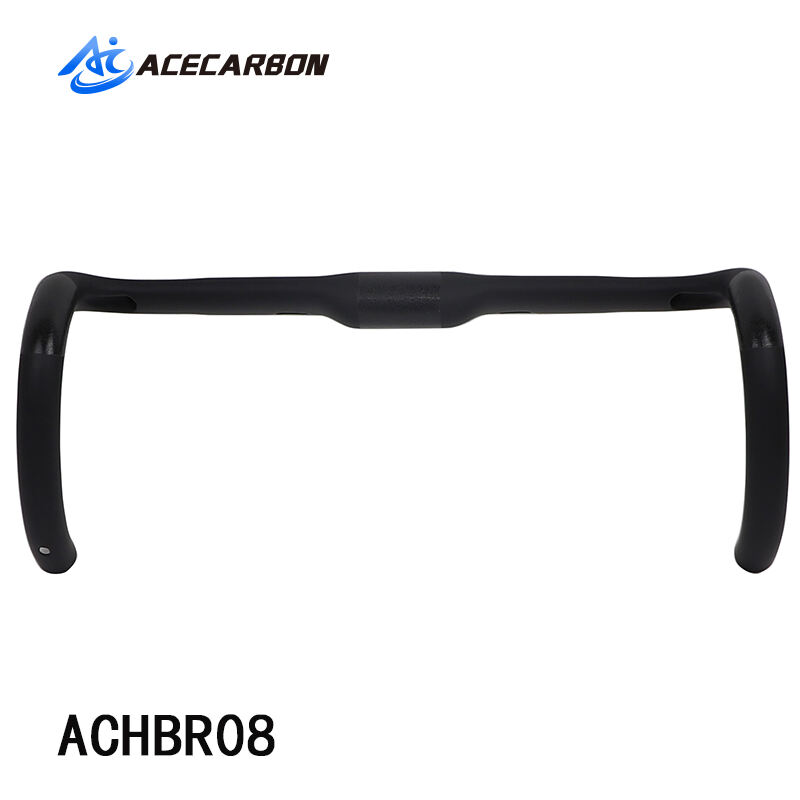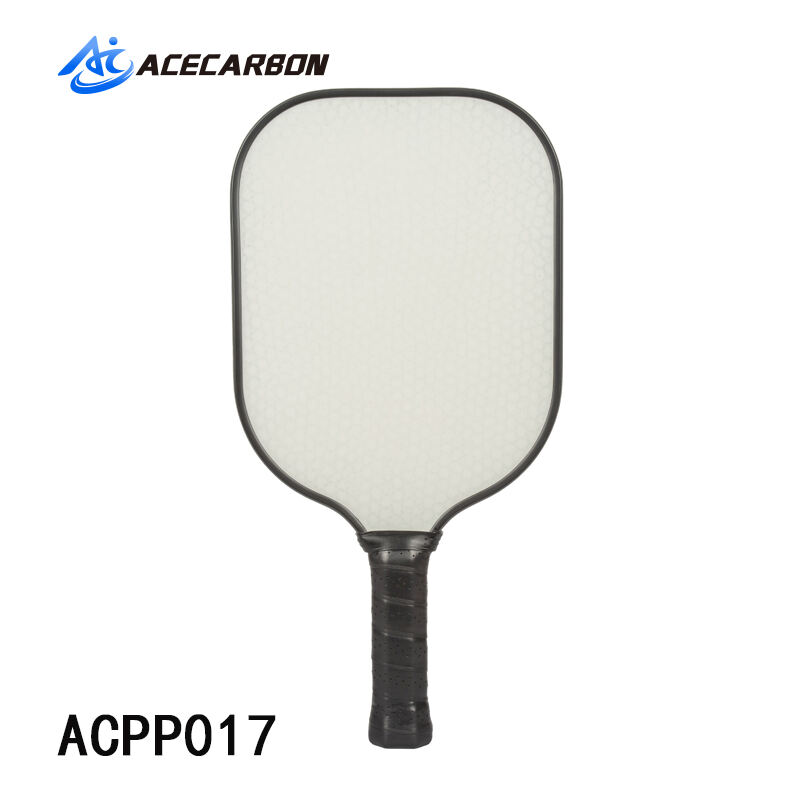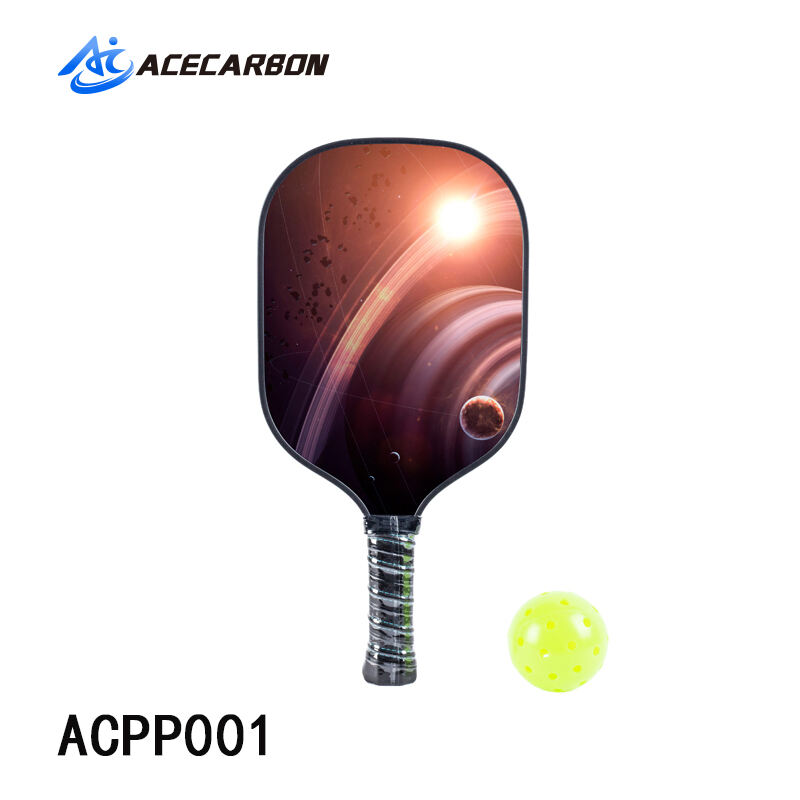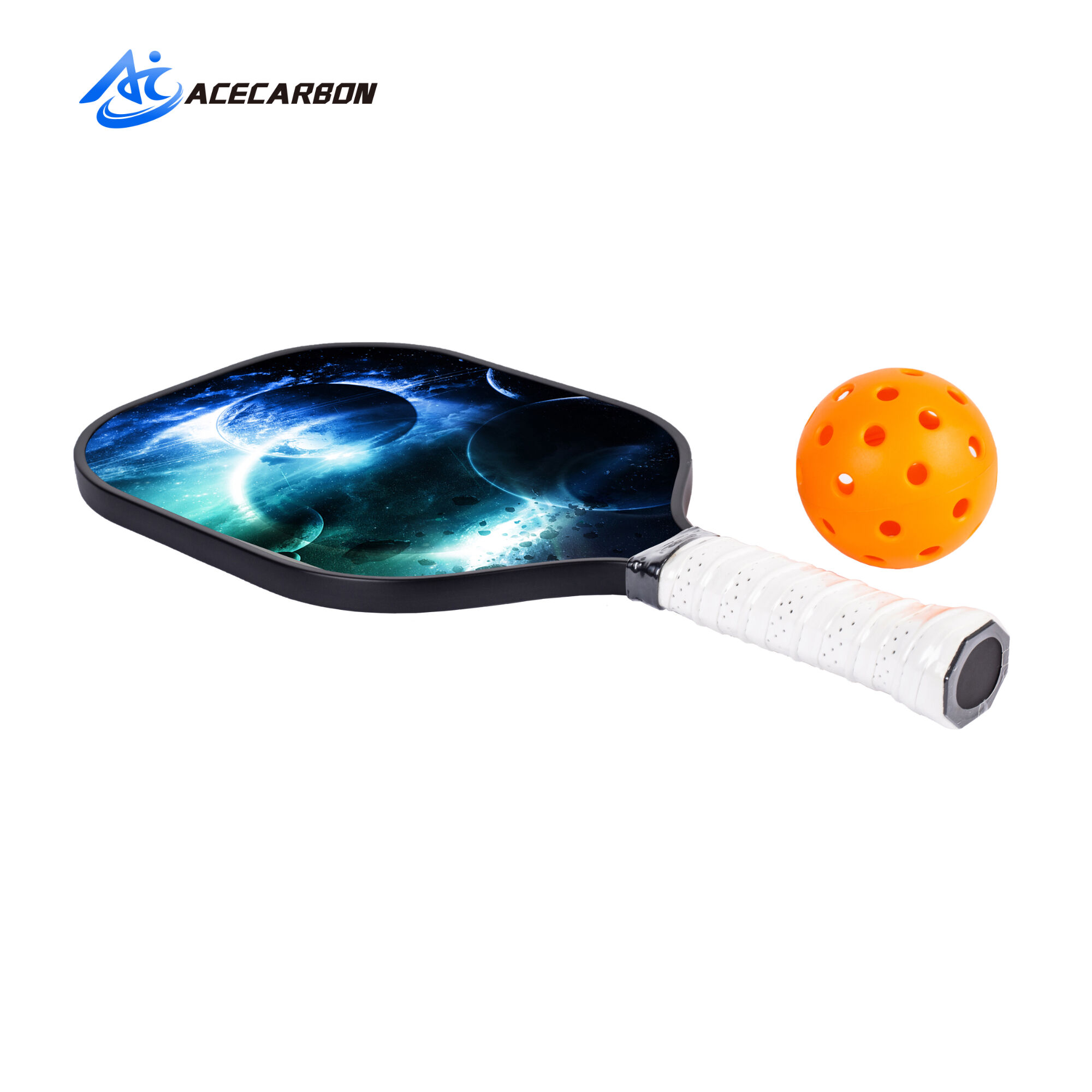Types and characteristics of sports balls
Overview of Different Types of Sports Balls
A good sports ball makes all the difference in games from soccer fields to basketball courts and even on tennis courts around the world. These balls aren't just random objects people kick or throw around during playtime. Take American footballs versus basketballs for instance they look completely different because each was made for specific purposes. The design affects everything about how players move, what techniques work best, and sometimes even which strategies coaches decide to implement during matches. Anyone who plays these games seriously needs to know about the different kinds of balls available since this knowledge directly impacts performance levels and enjoyment factors when participating in any sport.
Sports balls come in all shapes and sizes around the world, built specifically for their respective games. Take basketballs for example they have that rubbery inside part and rough outer layer that helps players handle the ball better when they're running up and down the court. The texture makes it easier to grip during those quick moves and shots. Tennis balls work differently though. They're much lighter and covered in fuzzy material so players can hit them with spin and control during rallies. Volleyballs need to be bigger and not as heavy because people hit them overhead and toss them across the net, whether playing on sand at the beach or inside a gymnasium. And then there's pickleball balls these things are actually bigger than regular tennis balls and made out of holesy plastic. They bounce differently too, which is why the game mixes aspects from badminton, tennis, and even table tennis but plays entirely its own way.
Sport balls come in all sorts of shapes and sizes depending on what they're meant to do and where they get used. Take soccer balls for instance they need to be round and properly inflated so they can roll smoothly across grass fields without getting stuck. Players want them to bounce predictably when kicking around during games. Basketball is totally different though. These balls stay pretty hard but still have enough give to handle well on concrete courts. And interestingly enough, even within one sport there are changes made based on environment. Indoor volleyballs tend to use softer leather materials compared to those used on beaches which require something tougher since sand wears things down faster. Knowing how these various balls work matters a lot actually. Better understanding leads to improved gameplay while keeping everyone safe from injuries caused by using equipment designed for completely wrong conditions.
Key Characteristics of Sports Balls
Different sports balls get made from all sorts of stuff, and what they're made of really affects how well they hold up during play. Take polyurethane for instance. This material is super tough against wear and tear while still bouncing back nicely after impacts. Then there's leather, which gives those fancy footballs and basketballs that great grip and authentic feel players love so much. And let's not forget about rubber. It's basically everywhere because it bounces great and doesn't cost a fortune, which is why we see it in tennis balls and similar products. Manufacturers pick these materials carefully depending on what the sport actually needs. A soccer ball needs something different than a baseball, right? The goal is always to make sure the ball works properly no matter what kind of surface or weather condition it faces during actual gameplay.
Sports balls come in different sizes and weights depending on what rules apply for each game, helping keep things even across competitions. Take soccer balls for example they need to be around 410-450 grams heavy and measure roughly 68-70 centimeters around the middle as per FIFA guidelines. Tennis balls are smaller obviously weighing somewhere between 56.7 and 58.5 grams while measuring approximately 6.54 to 6.86 cm across. These set standards make sure games stay balanced and predictable so players can focus on their skills without worrying about inconsistent equipment affecting performance.
The way a sports ball bounces and how well it can be gripped really matters for gameplay. A recent look at sports tech found that what a ball is made of and how much air is inside affects how high it bounces back up after hitting the ground or court. This makes all the difference in games like basketball and volleyball where players need predictable rebounds. Good grip matters just as much too. Think about trying to handle a slippery basketball during a fast break or catching a wet football on a rainy day. These small details often decide who wins when scores are close. That's why manufacturers spend so much time testing different materials and pressures before releasing new balls onto the market.
Exploring the ACECARBON Pickleball Series
ACECARBON Outdoor Pickleball ACBL001: Precision Engineered for Performance
The ACECARBON Outdoor Pickleball ACBL001 was built to handle whatever Mother Nature throws at it during those long outdoor matches. Made with IDPE material that's pretty tough stuff, this ball actually holds up well over time. What really stands out is the 40 hole pattern across the surface which helps keep the ball flying straight even when conditions get tricky. Weighing in light enough to let players move fast without feeling weighed down, especially important during those intense rallies. Pros who've tested it talk about how solid it feels in their hands and how balanced it stays throughout gameplay. Beginner players find it surprisingly forgiving too. Most importantly, after countless games on concrete courts and grassy fields alike, the ACBL001 keeps performing consistently without showing signs of wear and tear. That's why so many tournament organizers stock up on these for their events.
ACECARBON Outdoor Pickleball ACBL002: Custom Sports Ball Design
The ACECARBON Outdoor Pickleball ACBL002 really stands out when it comes to letting players personalize their gear. With several weight options available plus different surface textures to choose from, players can find what works best for how they naturally play the game. Some real world testing has shown these customization options actually help with better control over shots and improved accuracy on the court. The ball flies more steadily through the air too, and lasts longer during matches. For anyone serious about getting the most out of their pickleball experience, the ACBL002 offers something special in terms of making equipment work exactly how individual players want it to perform.
ACECARBON Indoor Pickleball ACBL003: Customizable for Excellence
The ACECARBON Indoor Pickleball ACBL003 stands out as a top choice for anyone serious about indoor pickleball. With its unique 26 hole pattern, this ball gives players better control while they swing, thanks to those special grip areas on the surface. Plus, there's some clever tech inside that cuts down on all that annoying racket noise when playing indoors, making games much more pleasant for everyone around. What really gets people talking though is how customizable these balls actually are. Experts love that players can tweak things just right for their style of play, which means better skills development over time and honestly just more fun overall when hitting back and forth across the court.
The Role of Sports Balls in Performance
How sports balls are designed really affects how well players perform on the field. Research looking at actual games plus feedback from athletes shows that things like what materials make up the ball, where the weight is distributed, and how rough or smooth the surface feels all matter when it comes to game performance. Take soccer balls for example. A recent paper published in The Journal of Sports Science found that small changes to the ball's surface texture actually change how air flows around it, which means the ball flies differently through the air. This matters because players need to know exactly where their kicks will go. Good ball design helps athletes feel confident about controlling the ball and predicting where it will land, while poor design can throw off even the most skilled players during critical moments in competition.
The way different balls are made really affects how games play out across various sports. Take badminton for instance. Small changes to the shuttlecock design can totally change where it goes when hit, messing with how much power gets transferred and how it bounces off surfaces. Baseball is another good example. Some studies looking at MLB balls showed that just tiny differences in how heavy the core is inside the ball can make them fly farther or shorter than expected. That means a pitch might suddenly become a home run instead of an out, or vice versa. All these little factors show why things like bounce, weight distribution, and what the ball feels like on the outside matter so much in competitive sports. They control not just how fast the ball moves but whether players can actually predict where it will go next during a match.
FAQ
What are the common materials used in sports balls?
Common materials include polyurethane, leather, and rubber, each chosen based on sport requirements for optimal performance.
How do the size and weight of sports balls impact the game?
The size and weight adhere to sport regulations ensuring uniformity and fair play, affecting game dynamics and player performance.
What factors influence the bounce and grip of sports balls?
Bounce and grip are influenced by materials and internal pressure, crucial in games where these factors impact control and gameplay.
What customization features are available in ACECARBON pickleballs?
ACECARBON pickleballs offer customization in weight and surface textures, allowing players to enhance control and gameplay experience.

 EN
EN
 AR
AR
 BG
BG
 HR
HR
 CS
CS
 DA
DA
 NL
NL
 FI
FI
 FR
FR
 DE
DE
 EL
EL
 HI
HI
 IT
IT
 JA
JA
 KO
KO
 NO
NO
 PL
PL
 PT
PT
 RU
RU
 ES
ES
 SV
SV
 TL
TL
 ID
ID
 SR
SR
 SK
SK
 SL
SL
 UK
UK
 VI
VI
 HU
HU
 TH
TH
 TR
TR
 FA
FA
 MS
MS
 IS
IS
 AZ
AZ
 BN
BN
 LO
LO
 MI
MI
 MY
MY
 SM
SM
